Species Photo Gallery for Vanduzea triguttata Three-spotted Treehopper 9 |
 | Photo by: Nick Spigler
Harnett Co.
Comment: Sluggish, sedentary https://www.inaturalist.org/observations/289049192 | 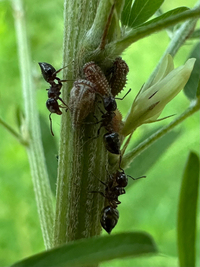 | Photo by: Nick Spigler
Hoke Co.
Comment: Small clusters of immatures being tended to by ants, possibly Crematogaster sp. ants.rnhttps://www.inaturalist.org/observations/293752006 |
 | Photo by: Nick Spigler
Hoke Co.
Comment: Adults and immatures together being tended to by ants.https://www.inaturalist.org/observations/289666785 | 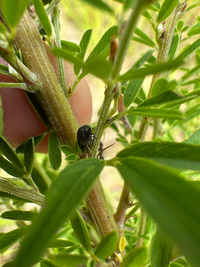 | Photo by: Nick Spigler
Hoke Co.
Comment: Adults and immatures together being tended to by ants.https://www.inaturalist.org/observations/289666785 |
 | Photo by: Nick Spigler
Hoke Co.
Comment: Adults and immatures together being tended to by ants.https://www.inaturalist.org/observations/289666785 | 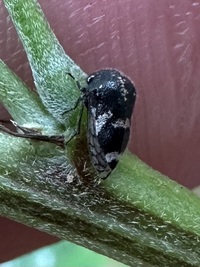 | Photo by: Nick Spigler
Cumberland Co.
Comment: Sluggish, sitting on vertical stem |
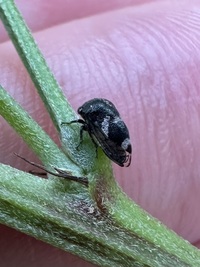 | Photo by: Nick Spigler
Cumberland Co.
Comment: Sluggish, sitting on vertical stem | 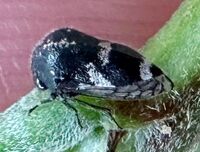 | Photo by: Nick Spigler
Cumberland Co.
Comment: Sluggish, sitting on vertical stem |
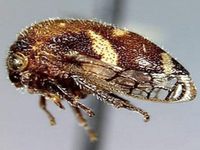 | Photo by: Matthew S. Wallace
Out Of State Co.
Comment: |

 »
»

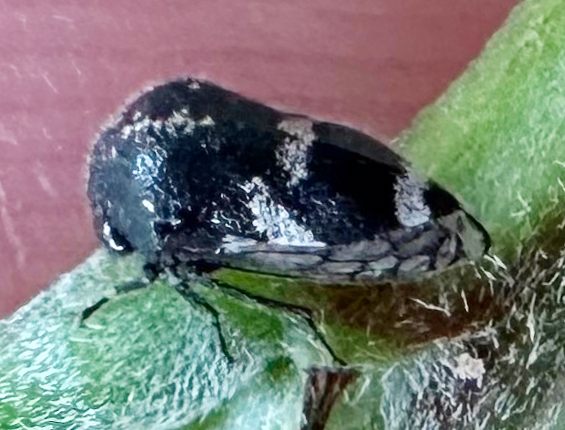

 »
»

